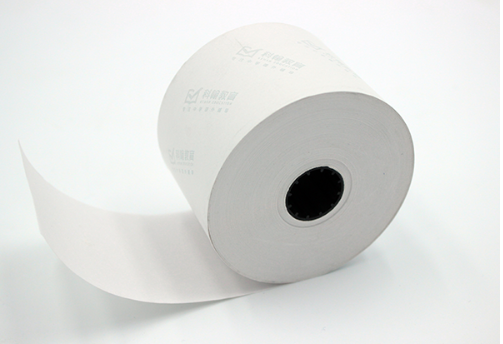High-temperature resistant label papers are designed to withstand elevated temperatures without losing adhesion or becoming illegible. These labels are commonly used in industries such as manufacturing, automotive, aerospace, and electronics, where exposure to heat is a concern. Here are some common types of high-temperature resistant label papers:

-
Polyimide Labels:
- Material: Polyimide is a high-temperature-resistant polymer.
- Features: Polyimide labels can withstand extreme temperatures and provide excellent thermal stability. They are often used in electronic components and aerospace applications.
-
Ceramic Labels:
- Material: Ceramic labels are made from materials like aluminum oxide or aluminum nitride.
- Features: Ceramic labels offer exceptional resistance to high temperatures and are suitable for applications in foundries, metalworking, and other high-heat environments.
-
Metalized Labels:
- Material: Metalized labels are typically made from aluminum or stainless steel.
- Features: These labels use a metalized layer to provide high-temperature resistance. They are used in automotive and industrial applications.
-
Polyester (PET) Labels with Special Coatings:
- Material: Polyester labels with specialized coatings.
- Features: These labels are designed to withstand high temperatures and are commonly used in manufacturing and industrial settings.
-
Polytetrafluoroethylene (PTFE) Labels:
- Material: PTFE is a high-temperature-resistant synthetic material.
- Features: PTFE labels are resistant to extreme temperatures and chemicals. They are used in various industrial applications.
-
Thermosetting Labels:
- Material: Labels made from thermosetting materials.
- Features: Thermosetting labels undergo a chemical change when exposed to heat, providing enhanced durability in high-temperature environments.
-
Ceramic Fiber Labels:
- Material: Labels made from ceramic fiber materials.
- Features: These labels offer both high-temperature resistance and excellent insulation properties, making them suitable for applications where insulation is necessary.
When choosing a high-temperature resistant label paper, consider the specific requirements of your application, including the temperature range, duration of exposure, and any additional environmental factors. Always check the manufacturer's specifications to ensure that the selected label material meets the necessary high-temperature resistance standards for your intended use.
We offer comprehensive technical support, including free professional labeling solutions, advice on label materials and adhesive selection, as well as online/offline assistance from professional software and hardware engineers. Service email: andy@ownlikes.cn. In pre-sales, we leverage our extensive experience in specialty labeling projects to provide clients with the most suitable hardware solutions. Additionally, all our label barcode printers and scanners come with a three-year free warranty, demonstrating our confidence in our products.




